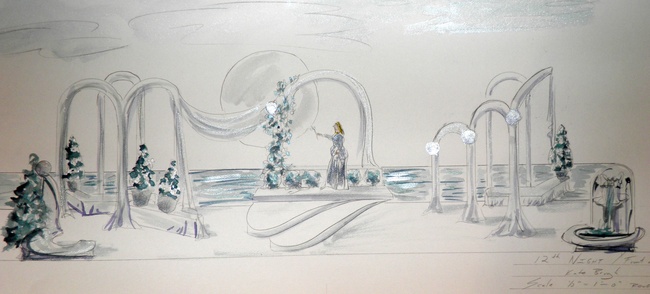Introduction to Theatre
Play writing
Play script are different from a written story. Scripts are just a foundation for what is destined to become a fully realized collaborative production. Playwrights are specialist in dialogue, diction, pacing and language. The dialogue of a production defines the characters, the message of the playwright and the period in history of the story
How to read a play.
The dialogue is the truth of the play. Anything written in parenthesis or explained in playwrights notes can be used or disregarded. The only part of a script that must remain untouched and true is the dialogue. Any scene design floor plans included in a script are just suggestions or notation of past productions creation of visual metaphor. The same is true of any properties lists, sound cue lit sect.
Often times a Dramaturg is used by the production team to help analysis, study and understand a script. A dramaturg is a specialist in period styles, historic accuracy, past productions and production styles and designs.
Plays
Play – an experiential ephemeral and produced delivery of a story.
When you are reading a script you are only reading
one aspect of a huge collaborative project.
The people involved:
Playwright – Writes the script (dialogue only untouchable part)
Actors – The media the production team uses to tell the story.
Directors - The final decision makers who focus the message of
the story.
Producers – The money providers.
Design Team – The collaborating team of theatre artists that help
focus the audience and tell the story.
New plays are developed through workshops.
Typically in schools, in a smaller more controlled classroom environment.
The playwright can have a lot or very, very little input depending on how collaborative the workshop director wants to be.
Dramaturgs or Dramatists are play researchers.
They research past production of plays, time period, styles of production, historical accuracy, differing venues, and history of the plays creation and impact.
Parts of a well written play:
Exposition - all the background information needed to introduce the characters set the
background for the story.
Point of Attack – the moment in which the audience becomes aware that there is a
problem that needs addressing.
Rising Action – the attempts taken by the protagonist to solve the problem.
Complications – whatever occurs to keep the protagonists plans for solving the problem
from succeeding.
Climax – the moment of no return when the protagonist must solve the problem or loose themselves or their primary goal.
Falling Action – the results of the actions taken during the climax of the play.
Resolution – the wrapping up of the plays action and the revelation of the protagonists fundamental change as result of achieving the goal set.
Character roles in a production:
Protagonist – the hero, the character the audience should identify most with, the solver of problems, the obtainer of goals.
Antagonist – the opposite of the hero, typically inhibits the hero from obtaining his goal or of solving his problem.
Confidant – the hero’s sidekick, expresses to the audience the most wonderful and empathy inspiring elements of the protagonist.
Foil – a character that helps the Antagonist express to the audience how bad and non empathetic the antagonist is.
Playwright’s Voice – a character that knows facts, secrets, other information about the world of the play or its characters.
